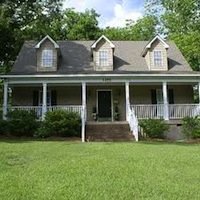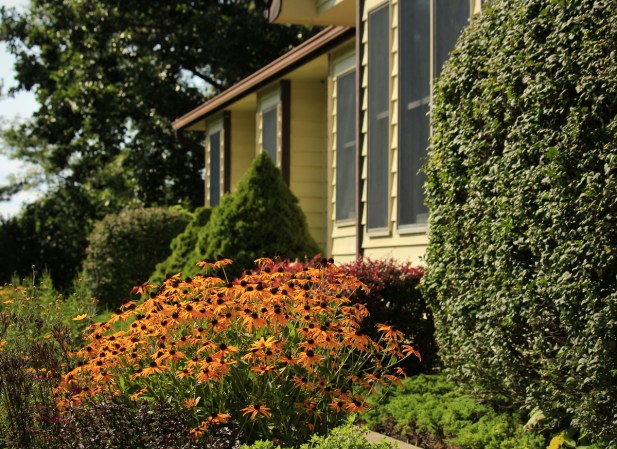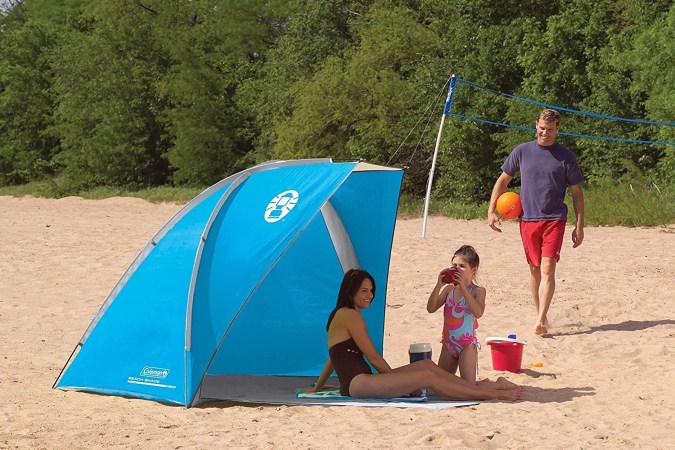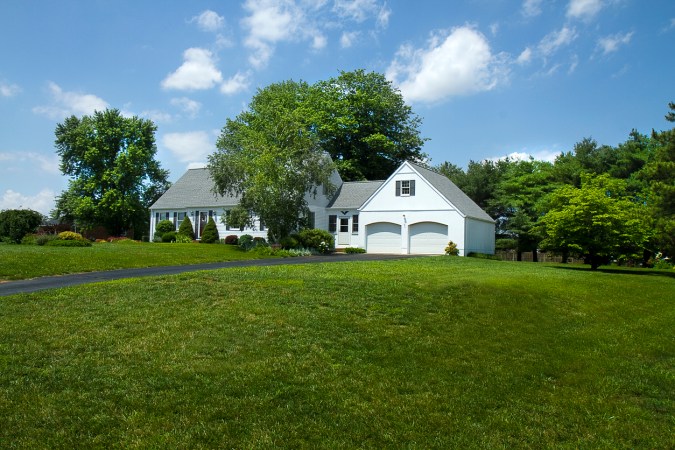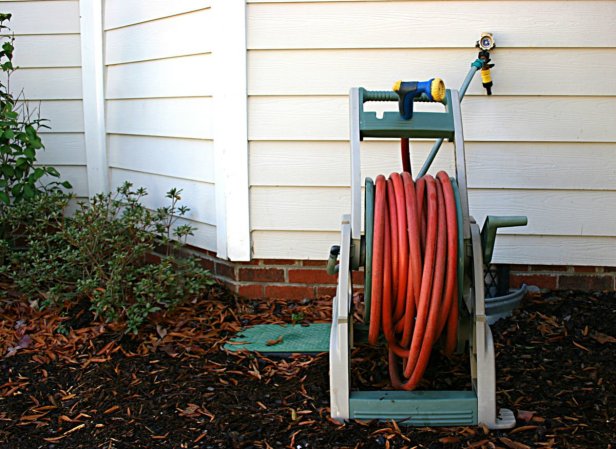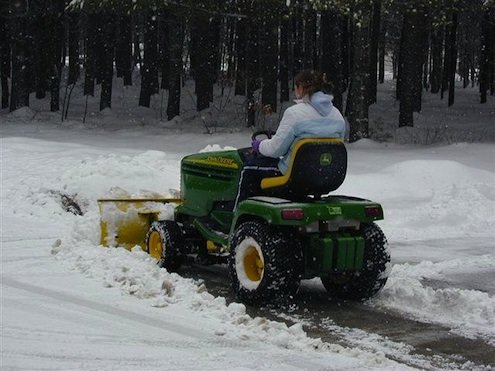We may earn revenue from the products available on this page and participate in affiliate programs. Learn More ›
To be sure that the outside of your home is safe and insurable, review the exterior for overall safety. Aside from alarm systems, deadbolt locks, and smoke detectors, it’s important to maintain good exterior lighting and safe pathways. If you are new to an area and need to learn more about its natural hazards, the Institute for Business & Home Safety maintains a Web site where you can access safety lists and precautions by zip code.
Risk-Reduction Tips in Wildfire Zones
• Remove trees from striking distance of the house and other structures.
• Have a Class 4 fire-resistant roof cover and fire-resistant soffits.
• Install fine wire mesh in soffit openings to prevent burning embers from entering the attic.
• Remove vegetation from around the house.
• Consider tempered glass for windows.
• Check roof coverings for fire ratings. Class A-rated roofing materials can protect against severe fire exposures.
In Earthquake and High-Wind or Hurricane Zones
• In an earthquake area, verify that gas lines have flexible connections.
• Have a specialist anchor chimneys and other unreinforced masonry in quake areas.
• In high-wind areas, install windows that are impact-resistant and able to handle air-pressure changes.
• If renovating a home in an earthquake-prone area, choose a licensed contractor experienced in seismic retrofitting. Bolting a home to its foundation can help it handle a quake’s lateral forces. “Soft story” construction like decks and garages beneath closed-in areas need to be shored up.
• Consider a shutter system for windows. It should be installed by trained individuals who can be sure it performs as designed and tested.
• In a high-wind area, wood shingles for siding should be thicker, denser, more impact-resistant, and less likely to split.
• If installing a metal roof, talk with the roofer about its impact resistance if it is of a thicker gauge, 26 or more, or of a bent or seamed style.
• Install roof shingles that can handle wind speed ratings for the area. H-rated shingles, for example, are rated for 150 mph.
• In areas that get hail, install a Class 4 impact-resistant roof cover.
• Garage doors are at risk in high winds. They typically cover a large area and are made with lightweight materials, so consider a heavier-weight product with substantial track strength.
Reduce Your Liabilities
• To prevent falls, replace uneven concrete pathway slabs or level them using a process called slabjacking or mudjacking.
• Fence off the pool and install a locked gate.
• Install an alarm system for the hot tub and pool.
• Establish buddy rules so no one uses the pool or hot tub alone.
• Keep the hot tub locked when it is not in use.
• Make sure your garage door has a reverse feature. If not, replace it.
• Test the closing setting of your garage door and adjust accordingly.
• Have a trained professional replace old garage-door springs or make maintenance adjustments to working garage-door springs.
• For uneven private paths and steps, have sunken concrete, stones, or pavers raised or replaced.
• Install a fenced area for the dog or other pets.
• For dog safety, teach it to socialize with people and other animals and avoid situations where the dog’s response would be unclear.
• If your dog is a danger to others, use warning signs to prepare those who visit your home.
Insurance Coverage Tips
• Review your insurance policy annually. Depending on the risk and liabilities a home’s exterior presents, a homeowner may need standard coverage or additional coverages. Here are some to consider, courtesy of the Insurance Information Institute:
• Replacement cost covers damage to the structure and payment for materials of similar kind and quality.
• Extended replacement cost provides added coverage beyond the limits of a policy, which is important when there is a widespread disaster that pushes up labor and materials costs.
• Inflation guard automatically adjusts rebuilding costs to reflect changes in construction costs. A policy may cover this or the coverage may have to be purchased separately.
• Ordinance or law coverage provides a specific amount toward rebuilding a home to meet new, and often stricter, building codes.
• Water back-up coverage insures a property for damage from sewer or drain backup. Most insurers offer it as an add-on to a standard policy.
• Flood insurance is available through the federal government’s National Flood Insurance Program (NFIP) or through the agent who provides your basic insurance. Be aware that there is a 30-day waiting period for flood insurance before it takes effect.
• Excess flood protection provides coverage over and above the NFIP coverage in the event of catastrophic loss by flooding.
Check out our Checklist: A Safe and Insurable House for more!
